Choosing the right bathroom mirror is essential to achieving both functionality and style in your space. Whether you're renovating your bathroom or simply updating the decor, understanding how to measure for the perfect large bathroom mirror ensures that you get the best fit and finish. This comprehensive guide will walk you through the process, providing valuable tips and insights to help you make the best decision.
Why Measuring Correctly Matters
A properly measured bathroom mirror not only enhances the aesthetic appeal but also ensures practicality. A mirror that's too large or too small can disrupt the balance of the room and potentially create functional issues. Accurate measurements are crucial for ensuring that your mirror complements your bathroom's design and meets your needs.
Tools You'll Need
Before you start measuring, gather the following tools:
- Measuring tape
- Pencil and paper
- Level
- Painter's tape
Step-by-Step Guide to Measuring for a Bathroom Mirror
Step 1: Determine the Purpose of the Mirror
First, consider what you want the mirror to achieve. Is it purely decorative, or will it serve a functional purpose like aiding in your morning routine? Large bathroom mirrors can make a statement and add a sense of space, while smaller mirrors might be more appropriate for specific tasks.
Step 2: Measure the Vanity or Sink Area
The size of your vanity or sink area will significantly influence the size of your mirror. Follow these steps:
- Measure the width of the vanity.
- Determine how high above the sink you want the mirror to extend.
A general rule of thumb is that the mirror should be a few inches smaller than the vanity to create a balanced look. For instance, if your vanity is 36 inches wide, aim for a mirror that is about 32 to 34 inches wide.
Step 3: Consider the Height of the Mirror
The height of the mirror is just as important as the width. Ideally, the mirror should be tall enough to provide a good view for all users. Here are some guidelines:
- Measure from the top of the sink or vanity to a point at least 5-10 inches above the eye level of the tallest person using the mirror.
- Ensure the bottom edge of the mirror is 4-6 inches above the sink to prevent water splashes.
Step 4: Account for Lighting and Fixtures
If your bathroom has light fixtures above or beside the mirror, take them into account. Measure the available space between the fixtures and ensure the mirror fits comfortably within that space without crowding or blocking the lights.
Step 5: Consider the Frame
If you plan to have a framed mirror, include the frame's dimensions in your measurements. The frame can add a few inches to the overall size, so factor this into your calculations to avoid any surprises.
Step 6: Test with Painter's Tape
Use painter's tape to outline the dimensions of the mirror on the wall. This visual aid can help you get a better sense of how the mirror will look in the space and make any necessary adjustments before purchasing.
Choosing the Right Style

Once you have your measurements, the next step is choosing a mirror that complements your bathroom's style. Here are some popular options:
Frameless Mirrors
Frameless mirrors offer a sleek, modern look. They are perfect for contemporary bathrooms and can make small spaces appear larger.
Framed Mirrors
Framed mirrors add character and can be matched to your bathroom's decor. Choose a frame that complements other fixtures and fittings in the room.
LED Mirrors
LED mirrors provide built-in lighting, which is ideal for tasks like shaving or applying makeup. They can also add a touch of luxury to your bathroom.
Medicine Cabinets
For additional storage, consider a mirrored medicine cabinet. These can be recessed into the wall or surface-mounted, offering both functionality and style.
Installation Tips
Once you've chosen the perfect mirror, proper installation is key to ensuring it stays secure and looks great.
Mark the Spot
Use a level and pencil to mark where the mirror will be placed. Ensure the marks are level to avoid a crooked installation.
Use Appropriate Hardware
Depending on the weight and size of the mirror, use appropriate wall anchors and screws. Heavy mirrors may require additional support, such as wall studs.
Double-Check Measurements
Before drilling any holes, double-check all measurements to ensure accuracy. It's better to measure twice and drill once.
Get Help
Large bathroom mirrors can be heavy and difficult to handle alone. Enlist the help of a friend or professional to ensure safe and accurate installation.
Final Thought
Measuring for the perfect bathroom mirror involves careful consideration of size, style, and placement. By following these steps and taking accurate measurements, you can find a mirror that enhances your bathroom's aesthetic and functionality. Whether you choose a large bathroom mirror to create a focal point or a smaller, more functional option, the right mirror can transform your space.


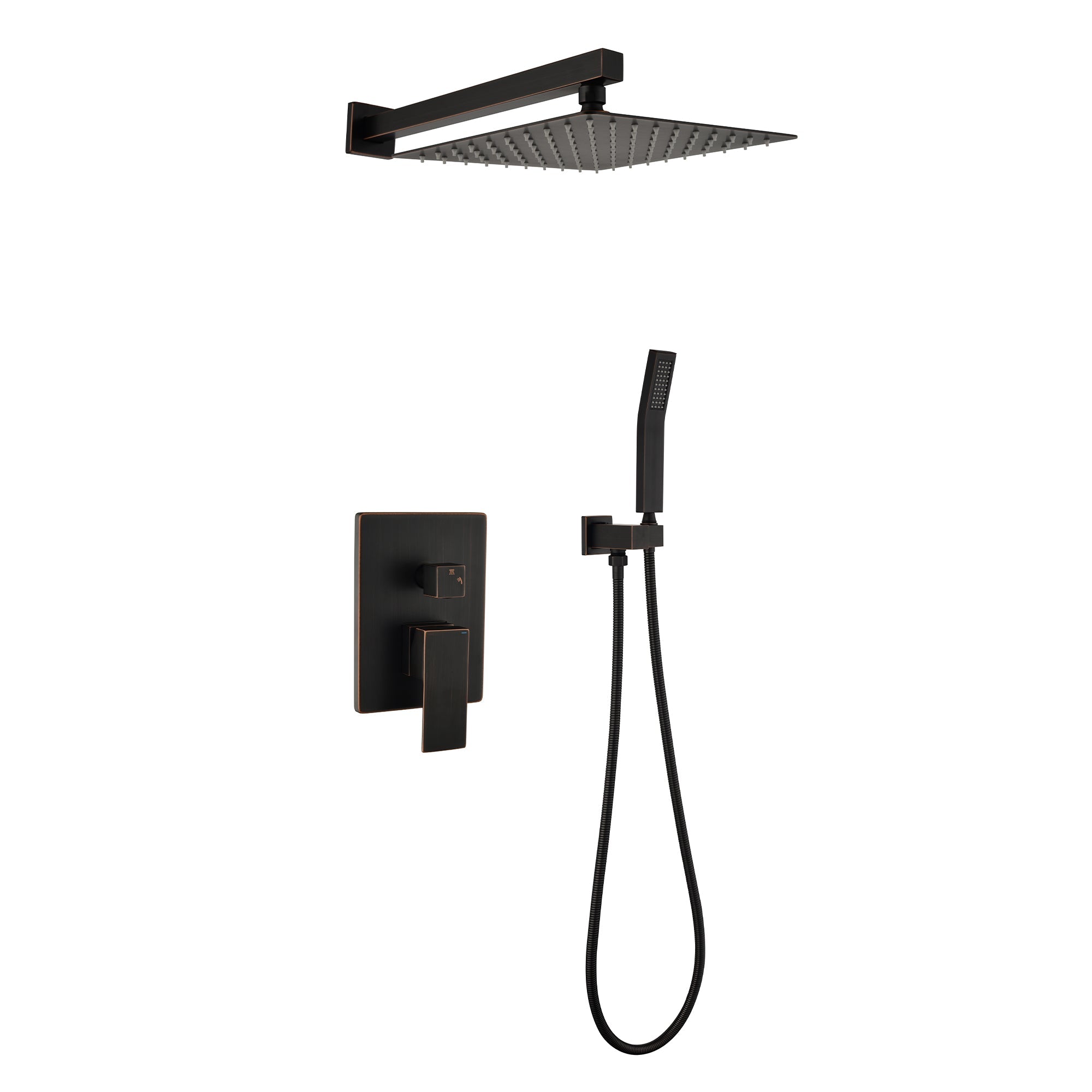



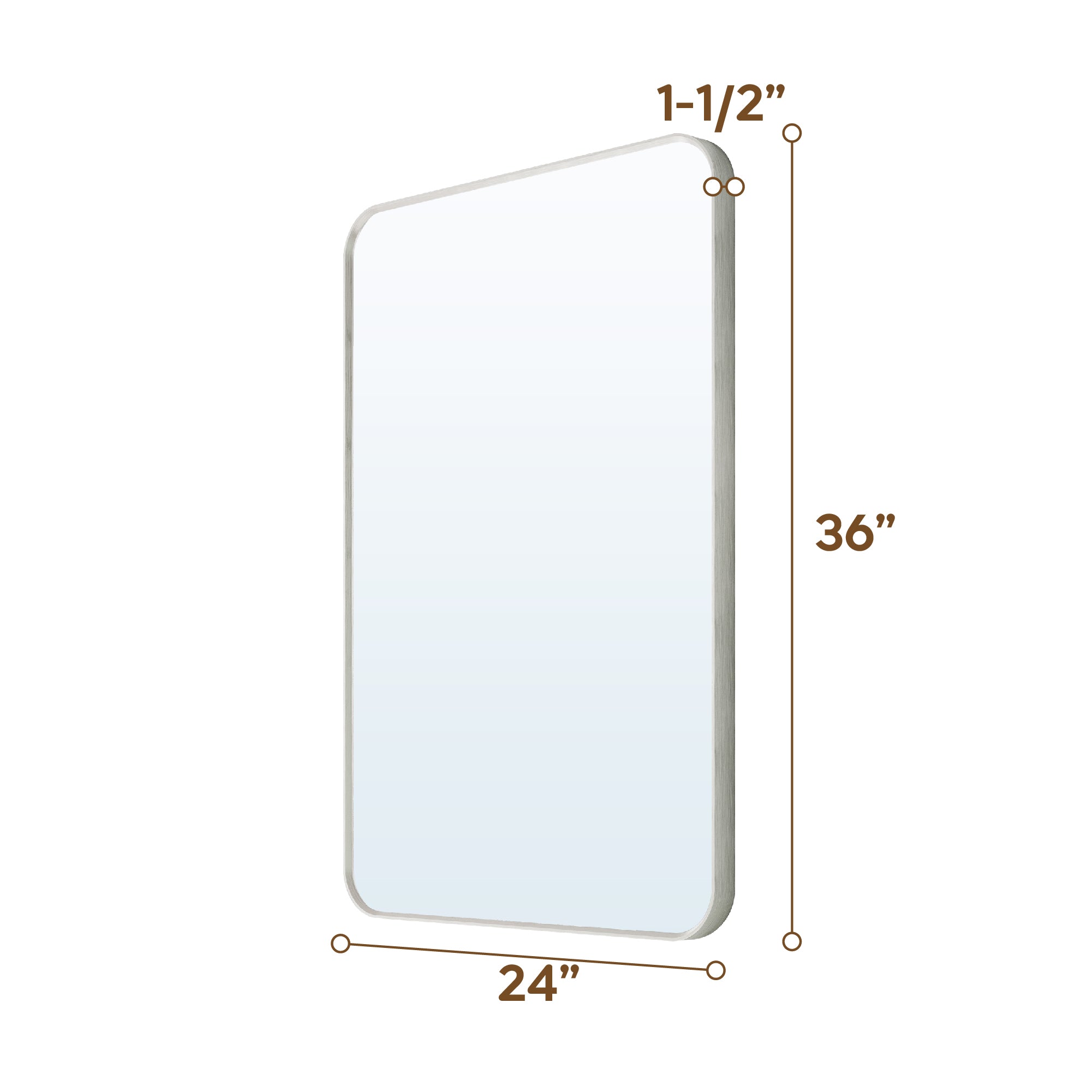
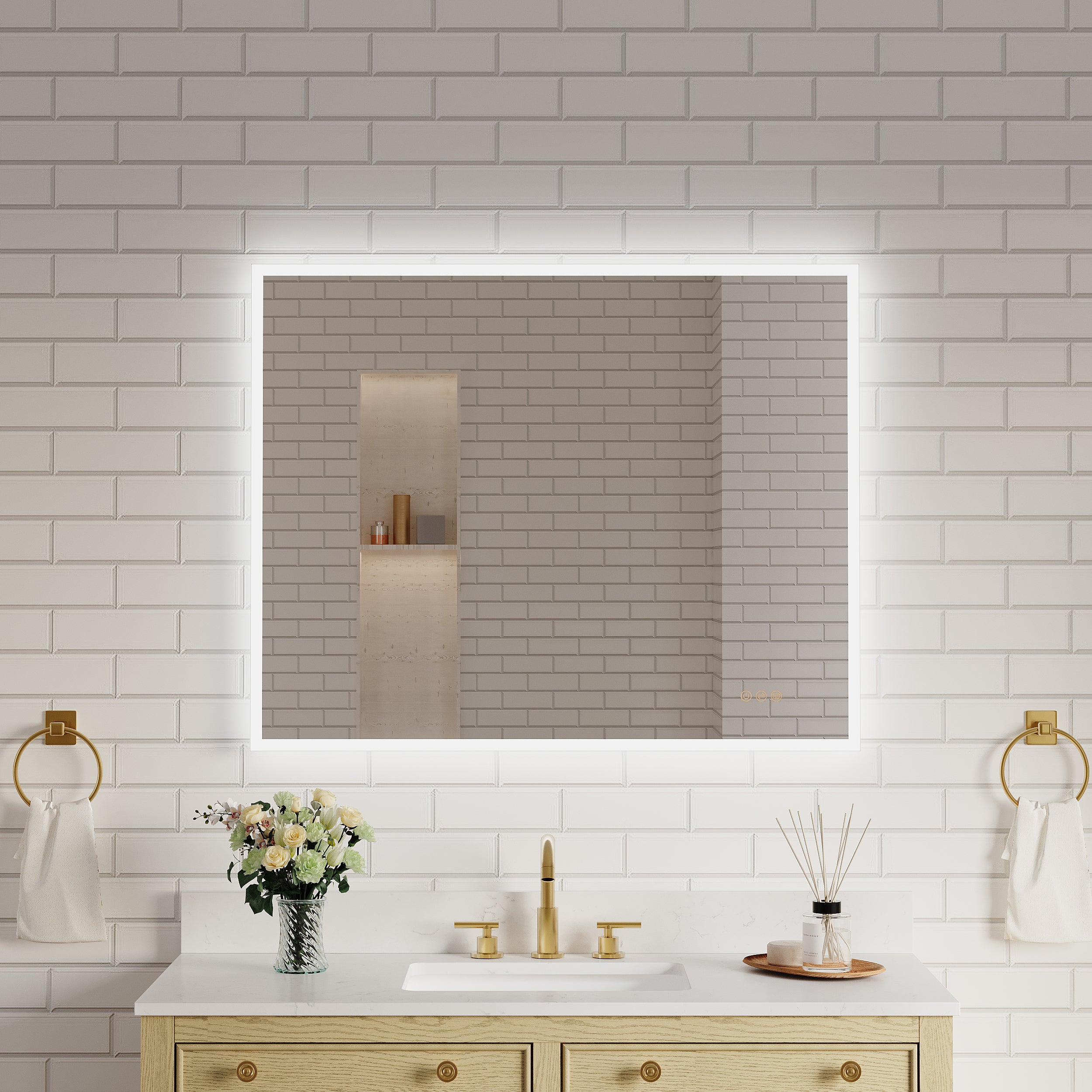
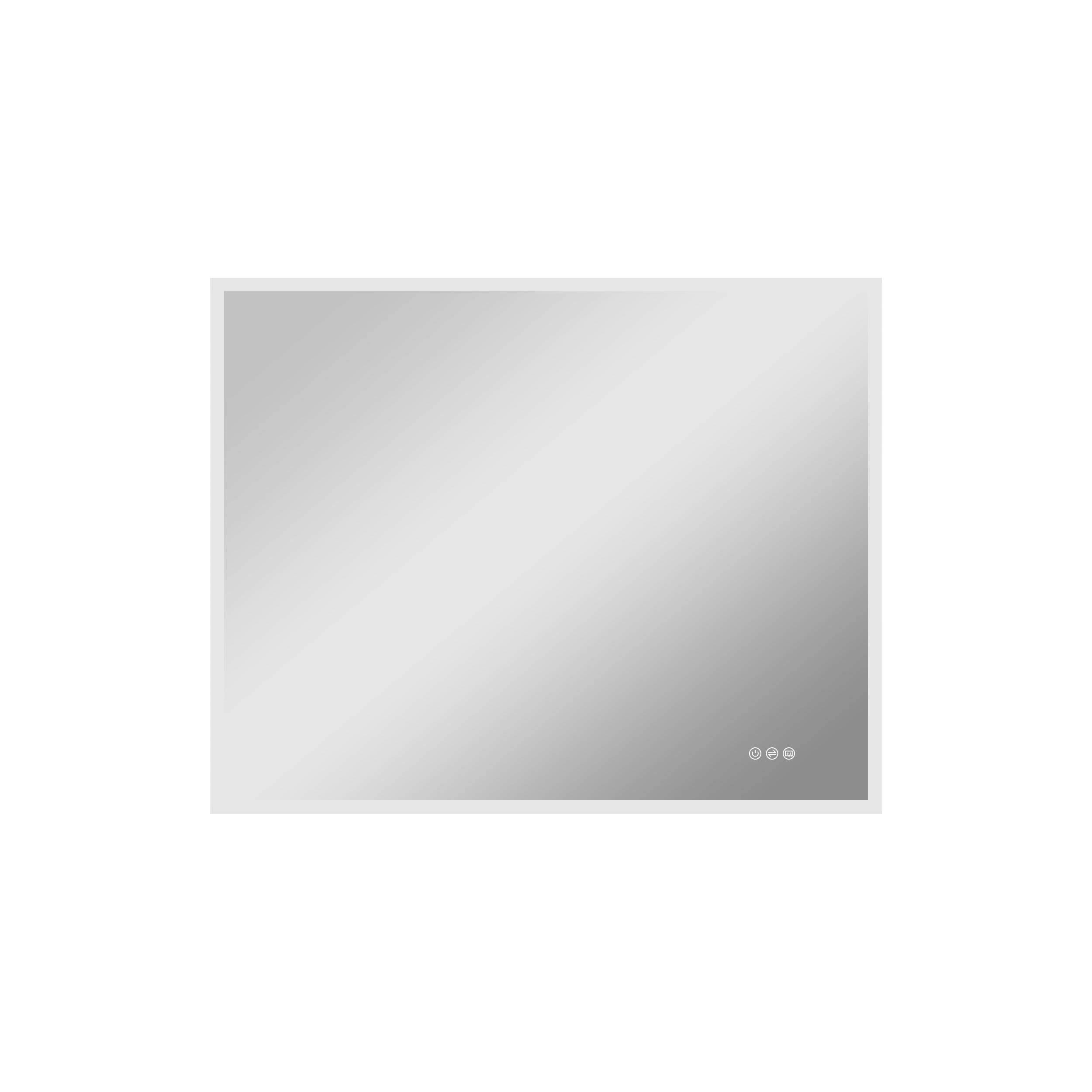

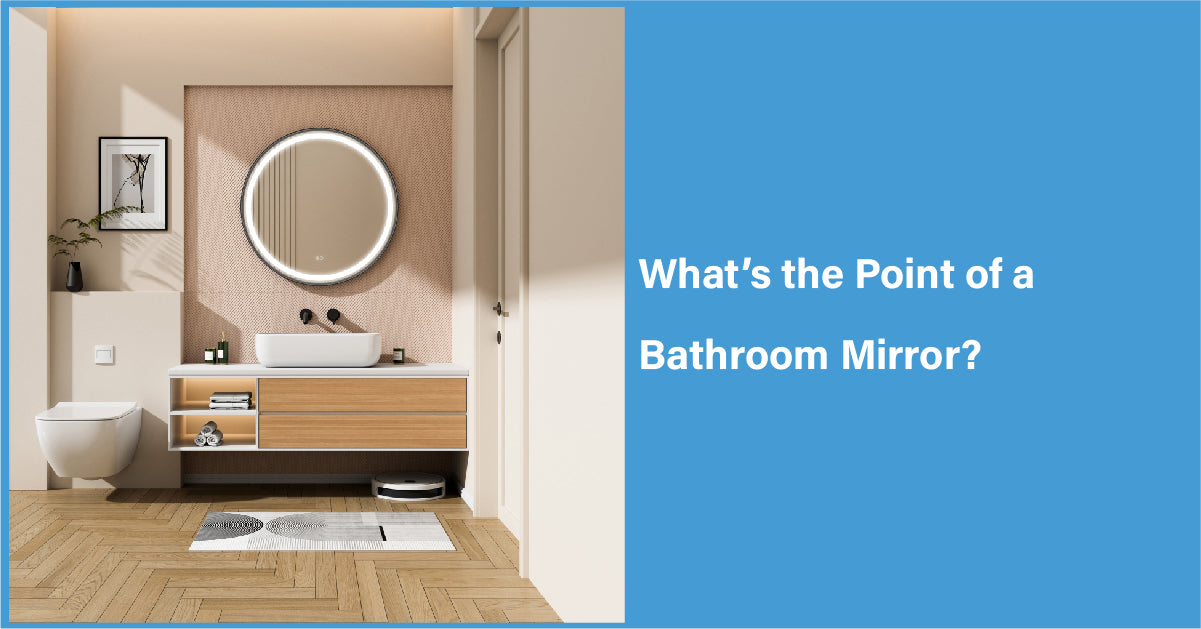

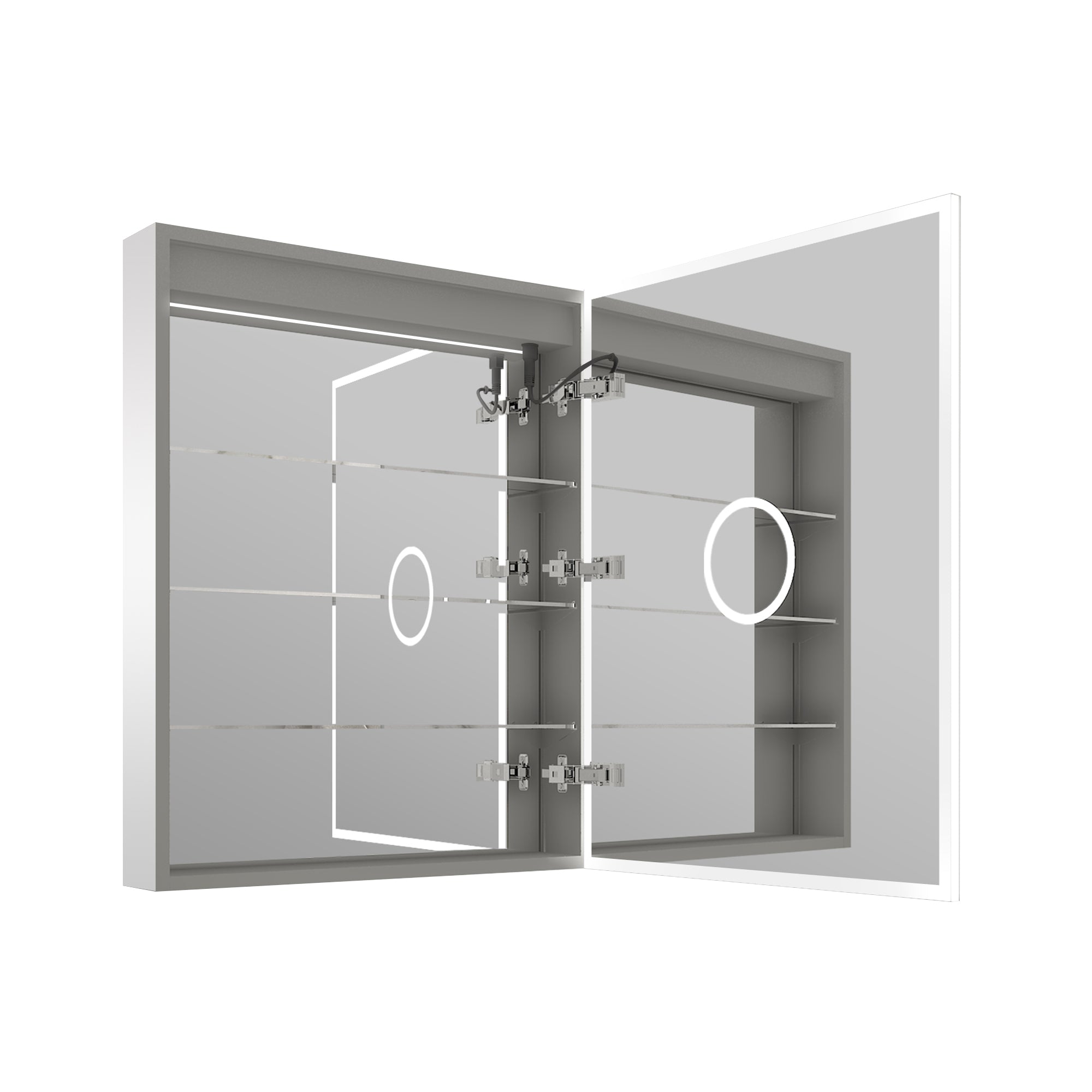
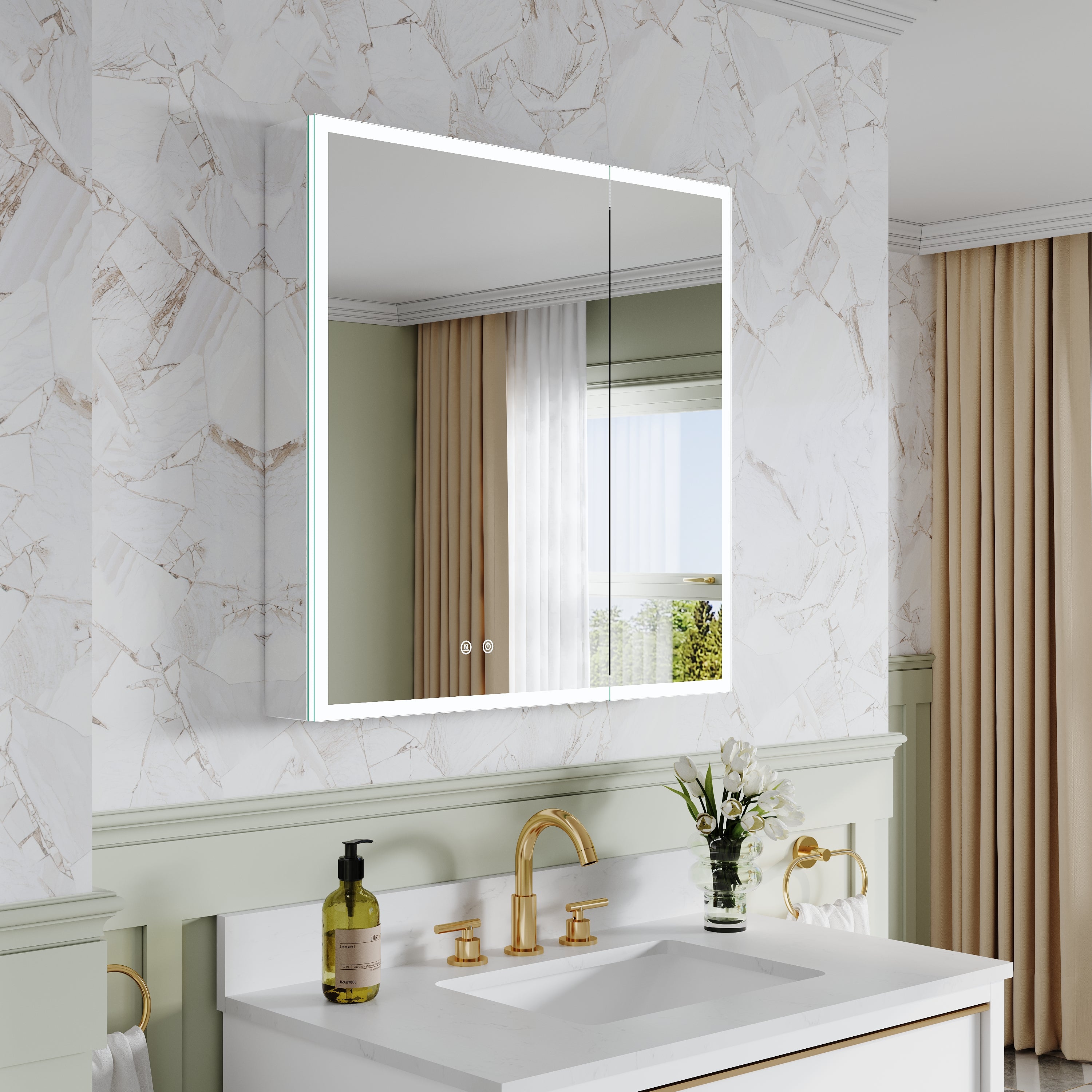



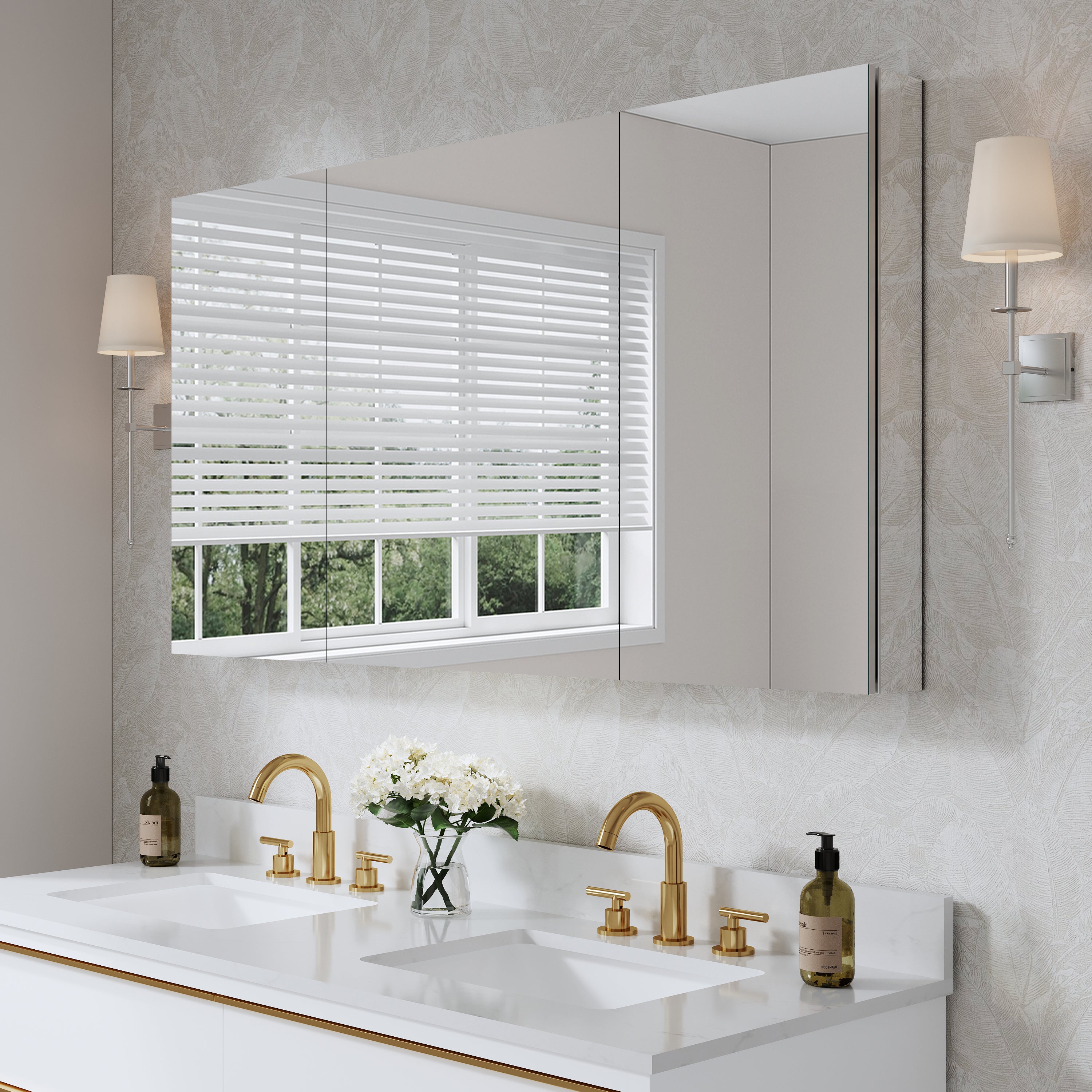



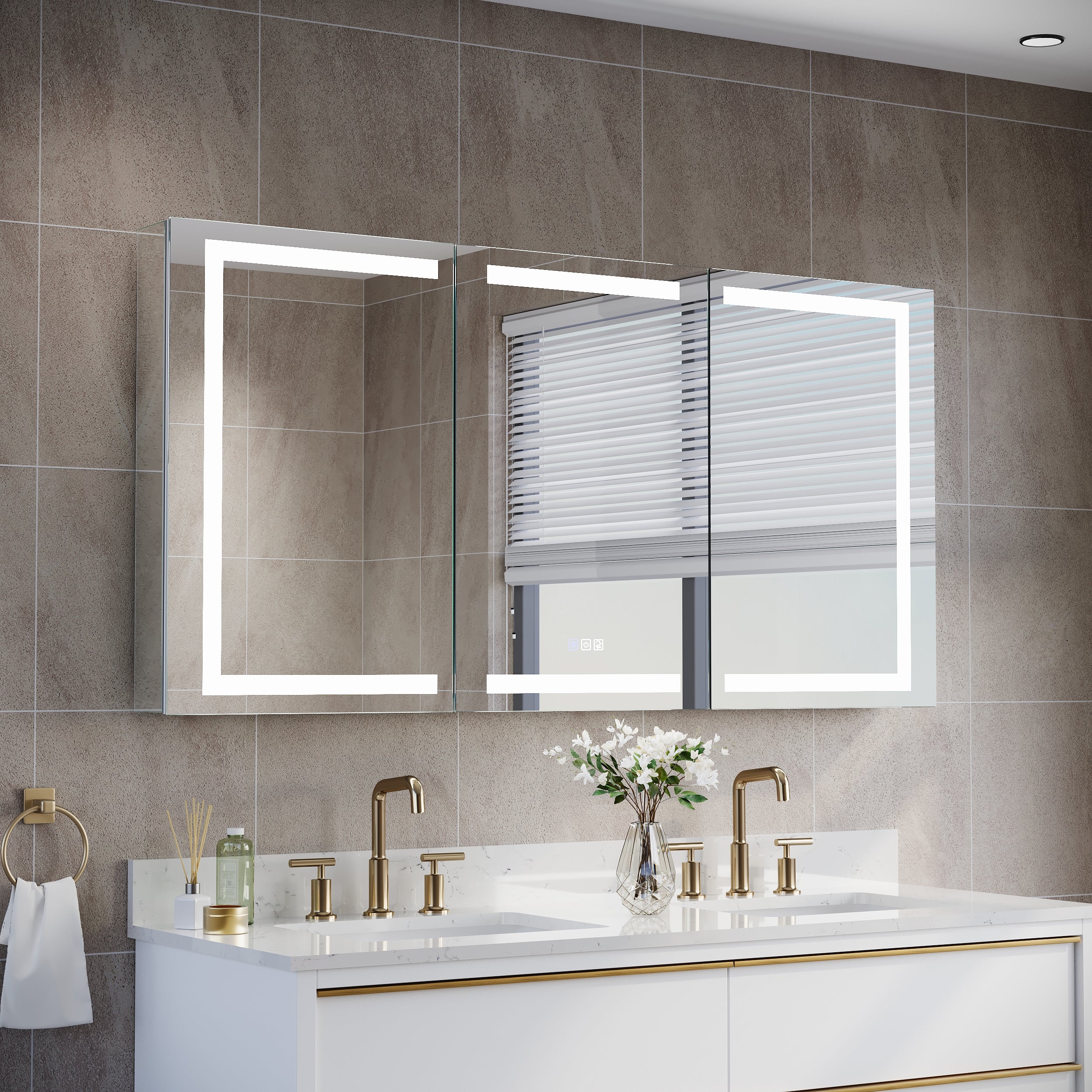



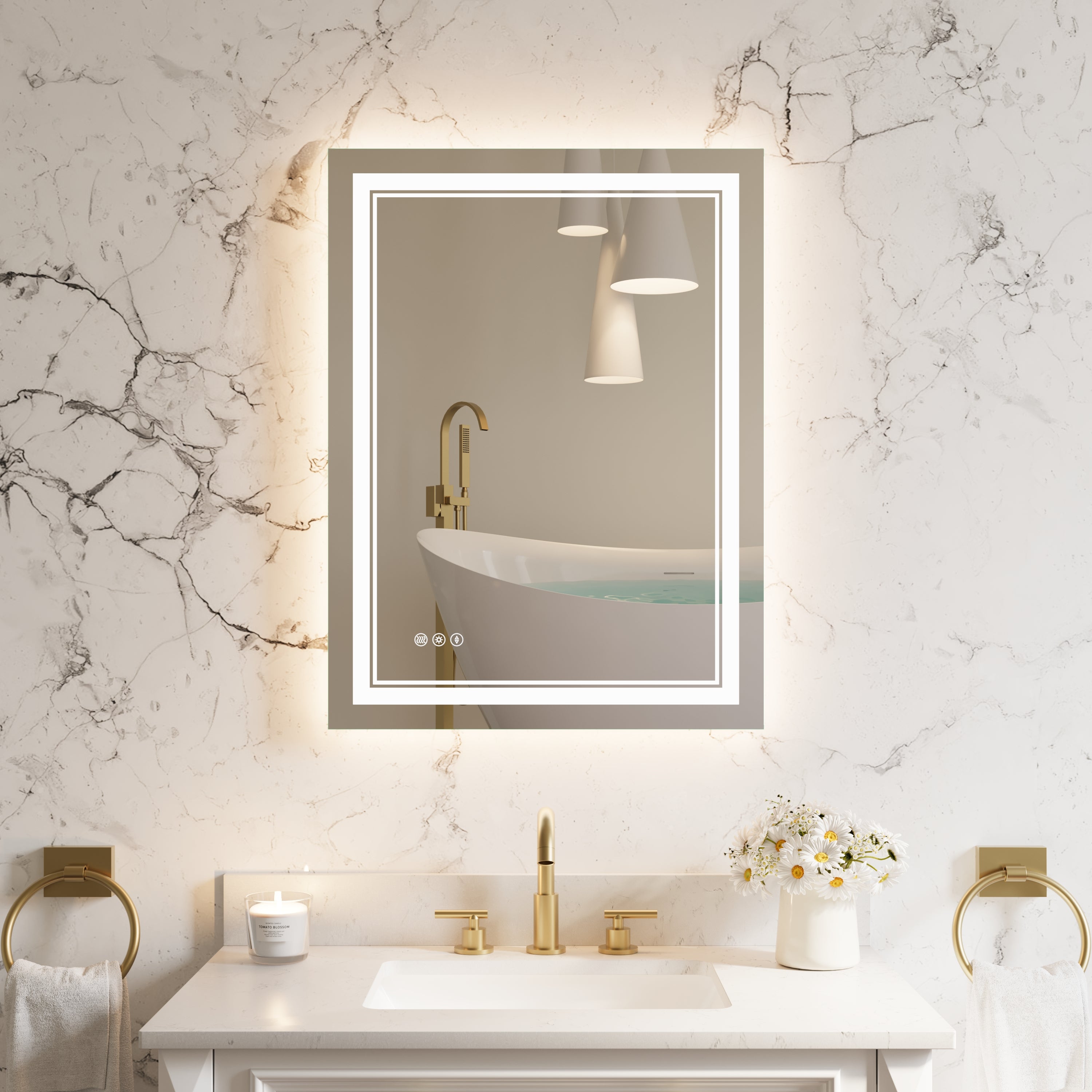








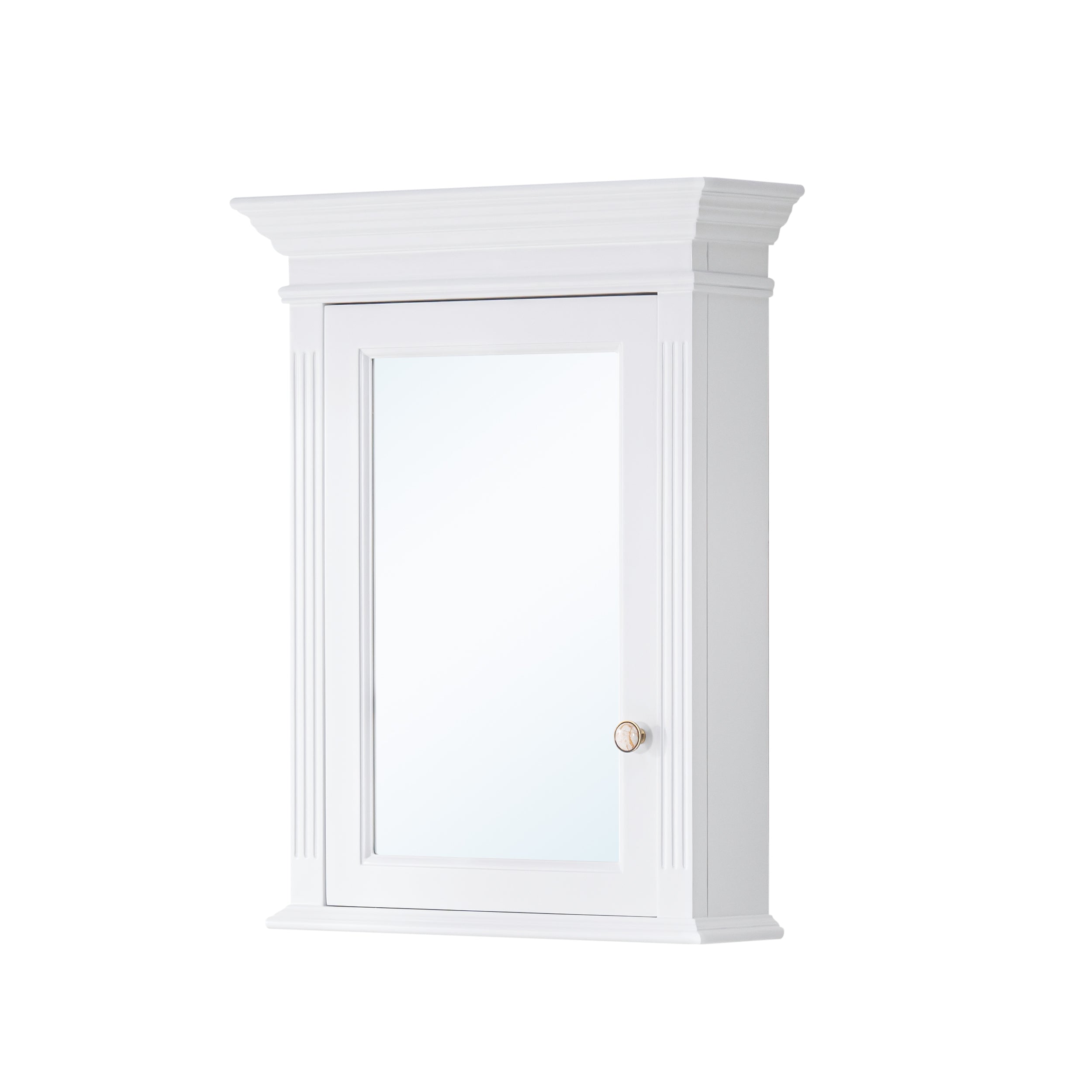
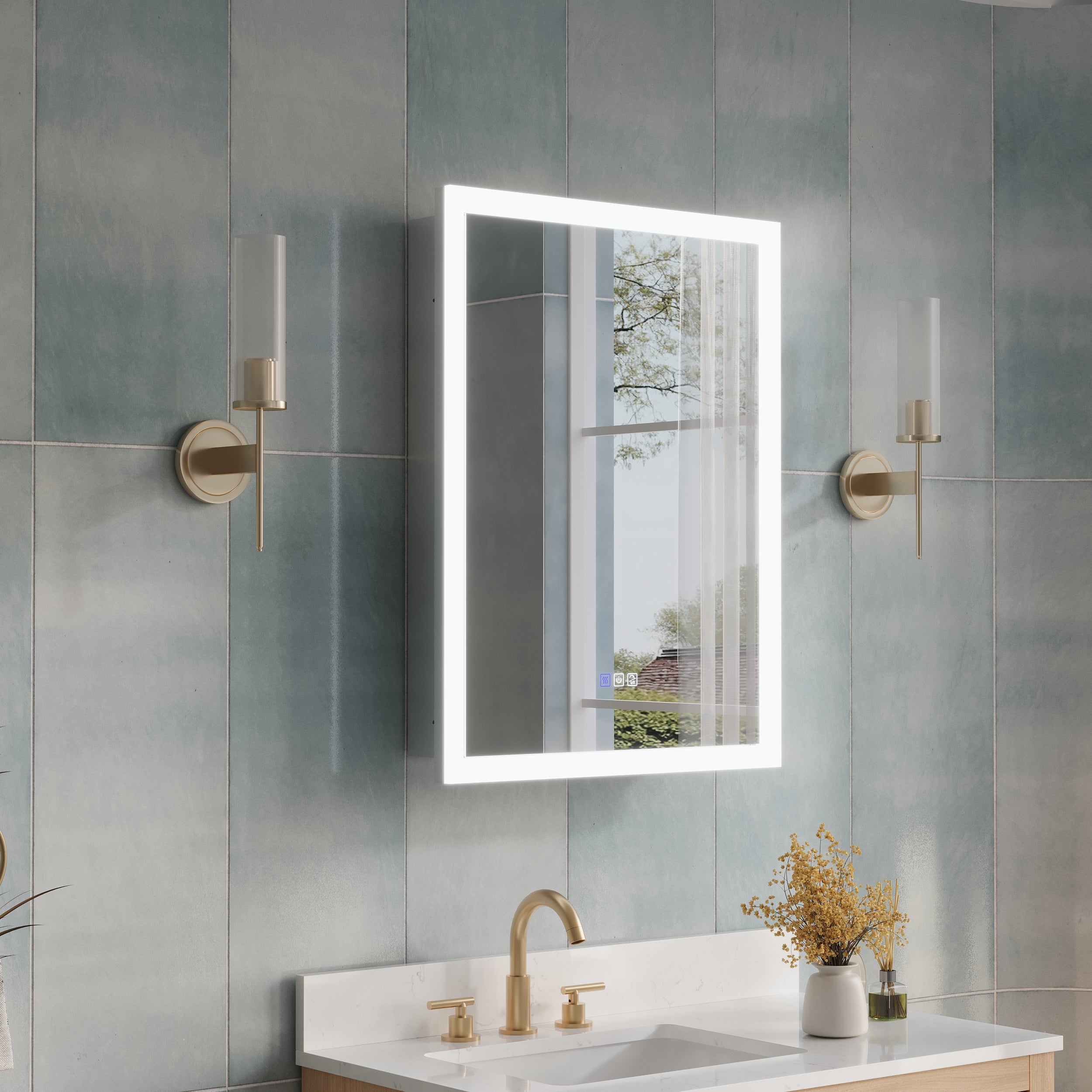
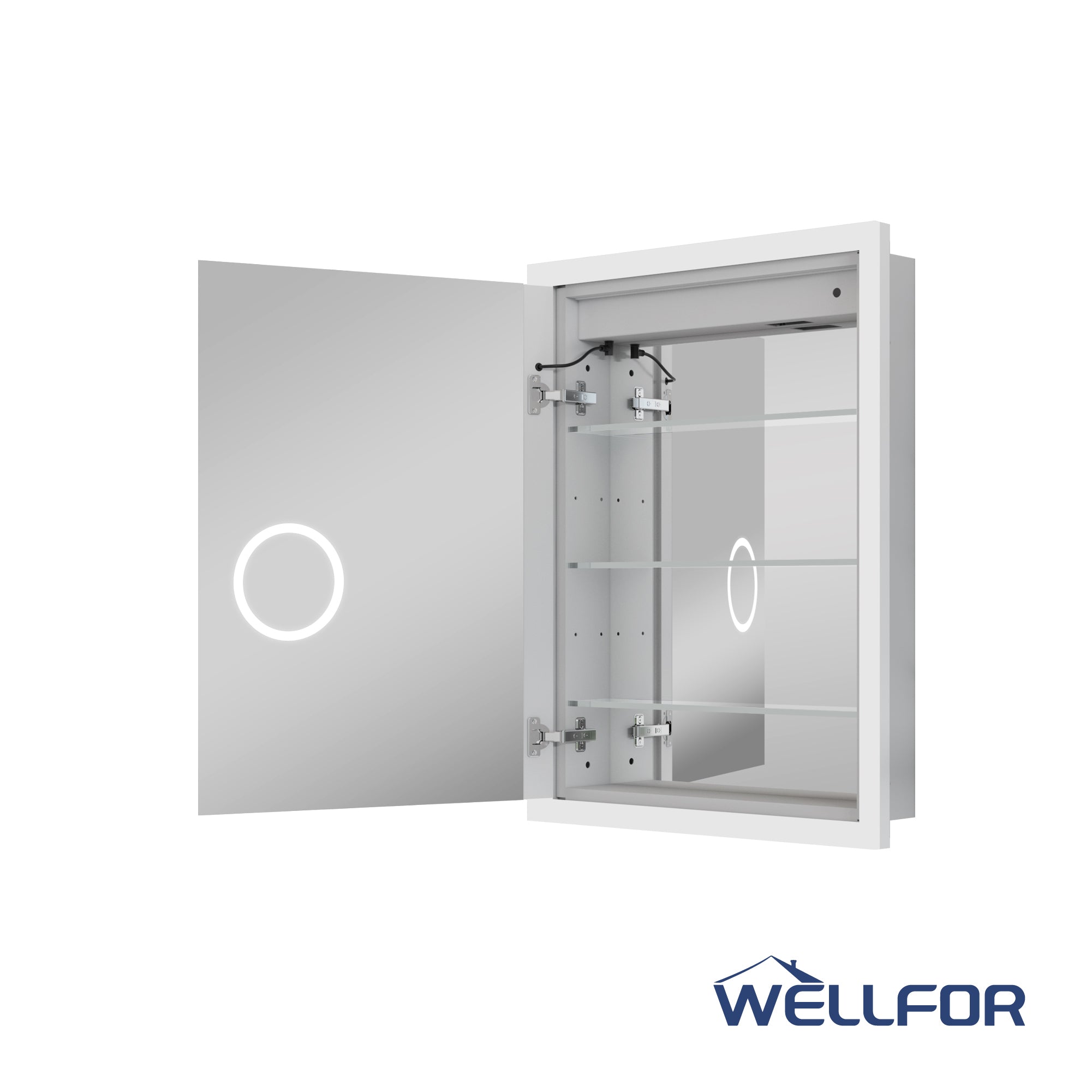
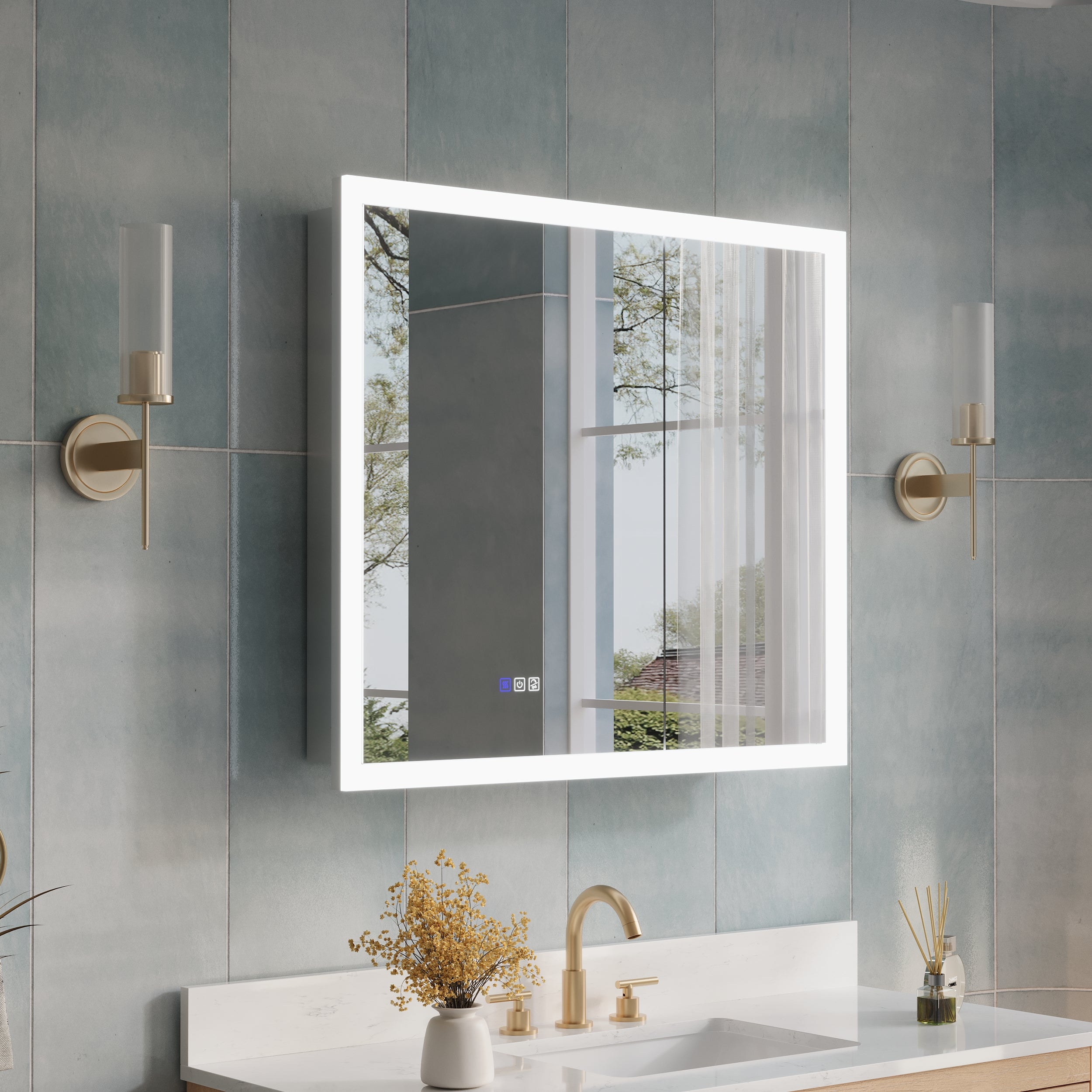
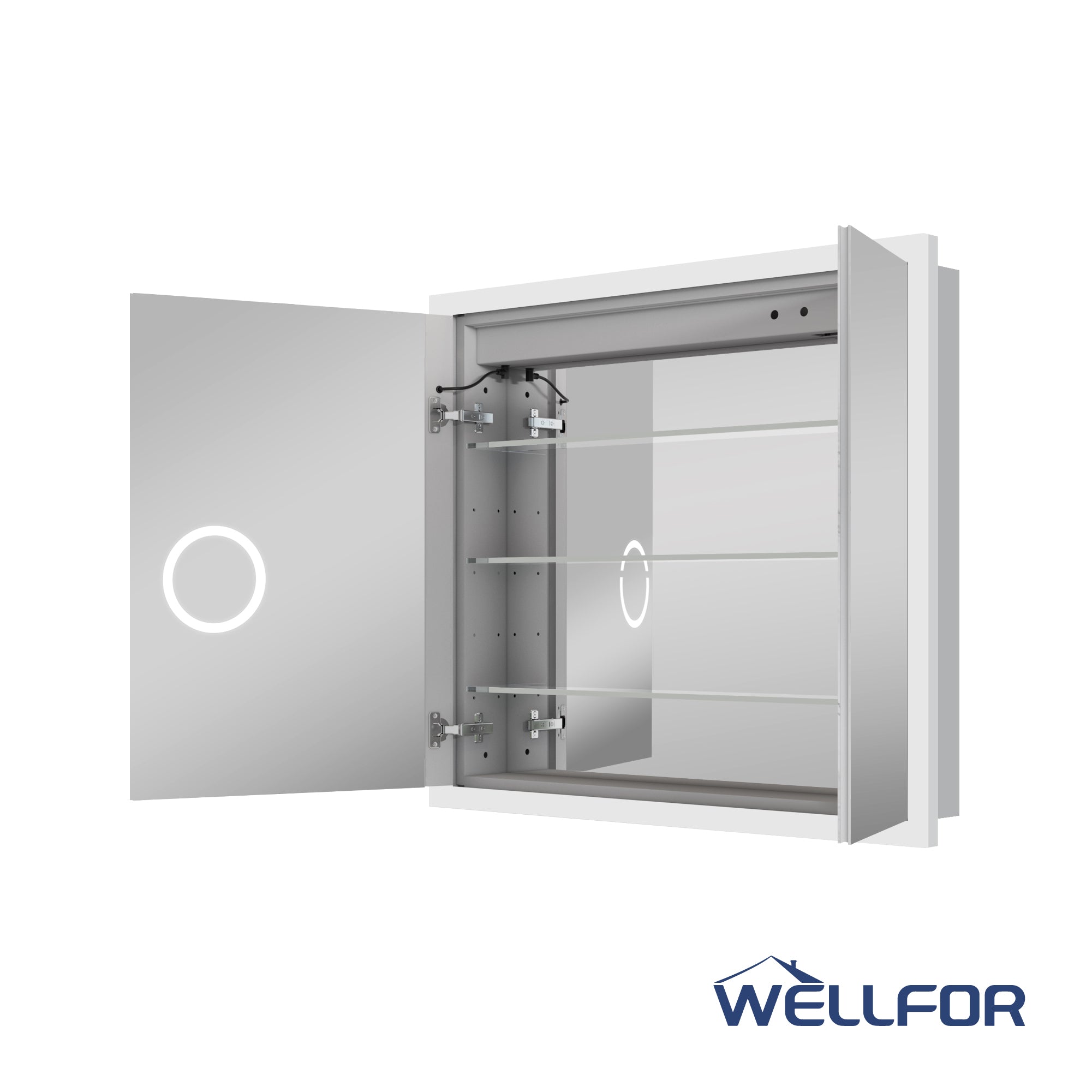
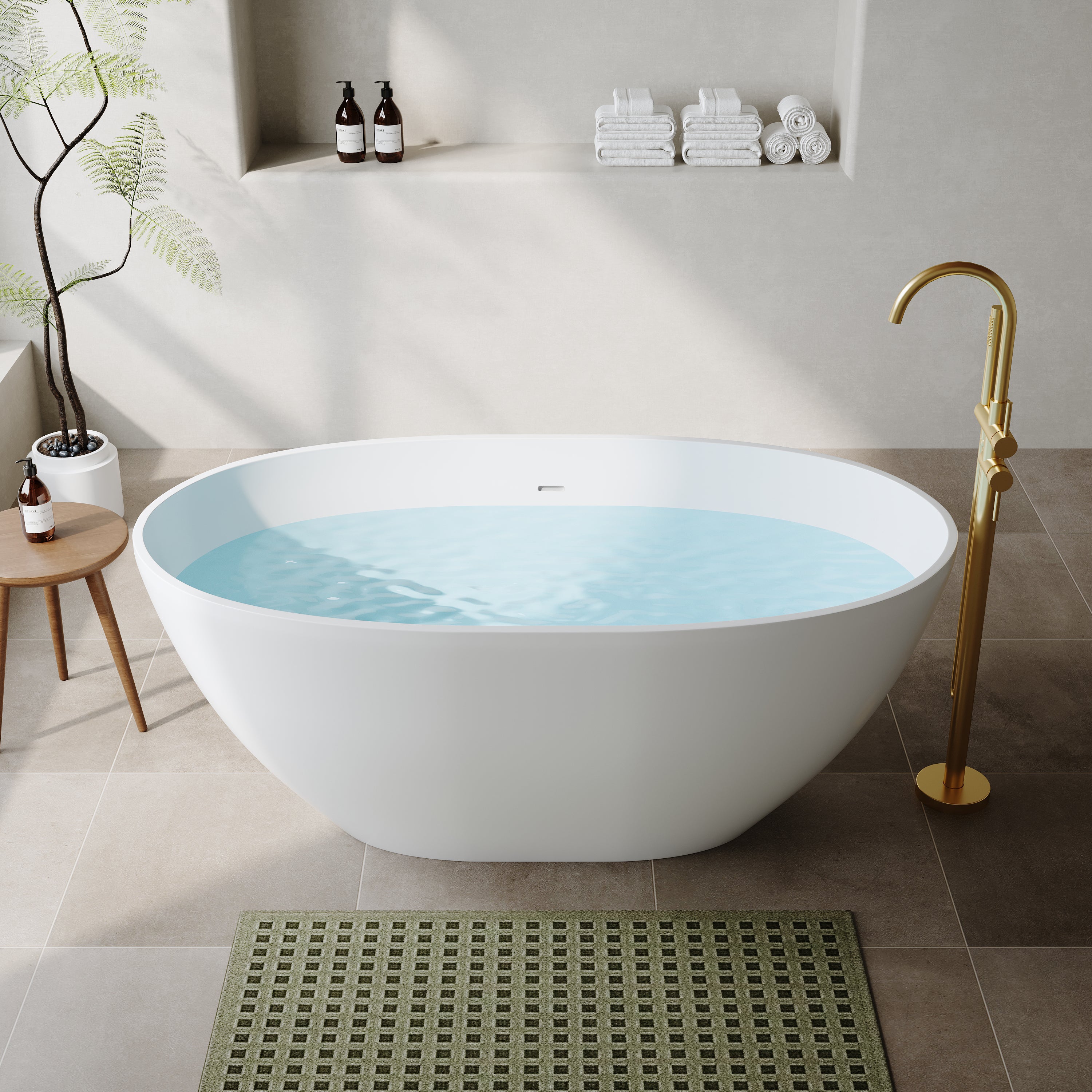




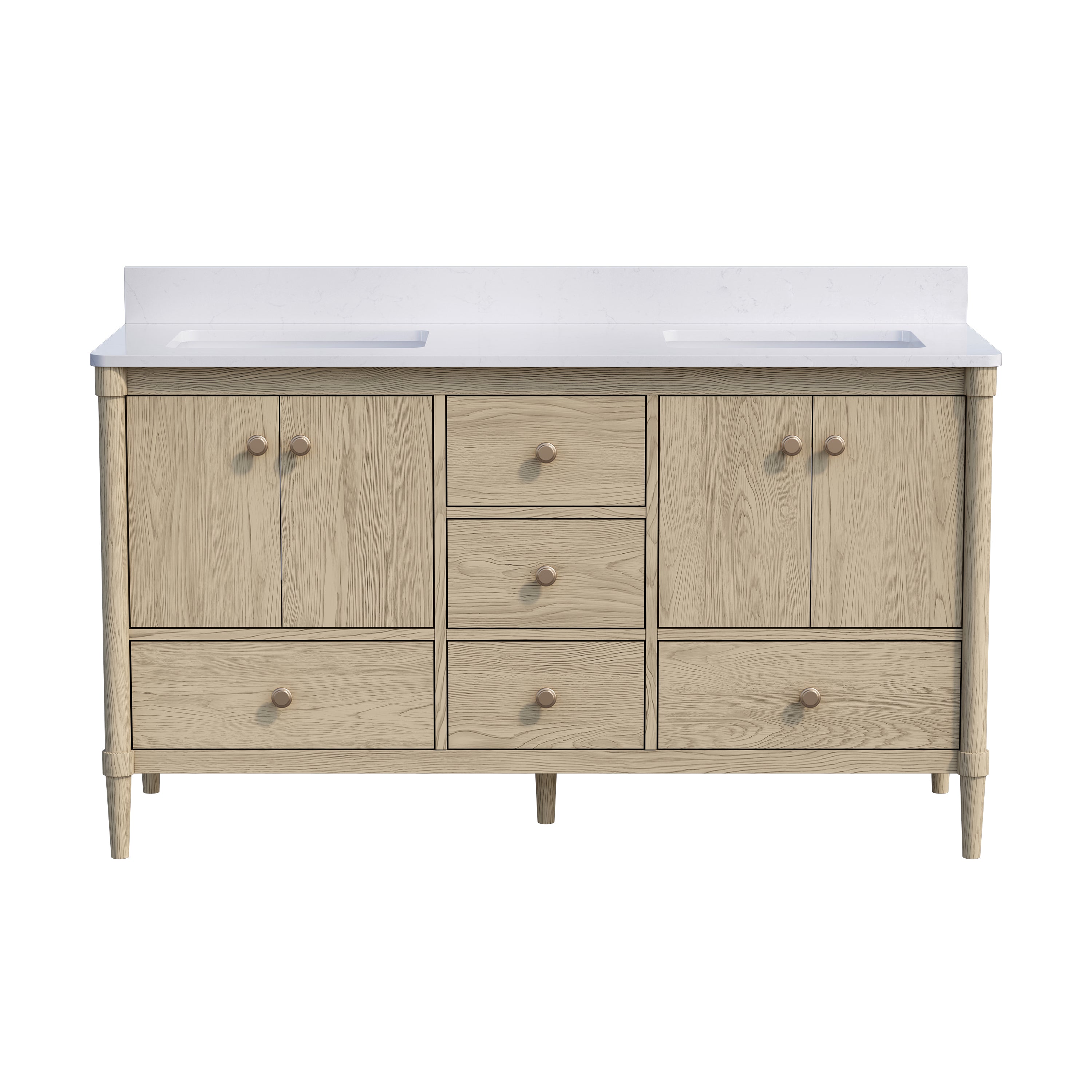
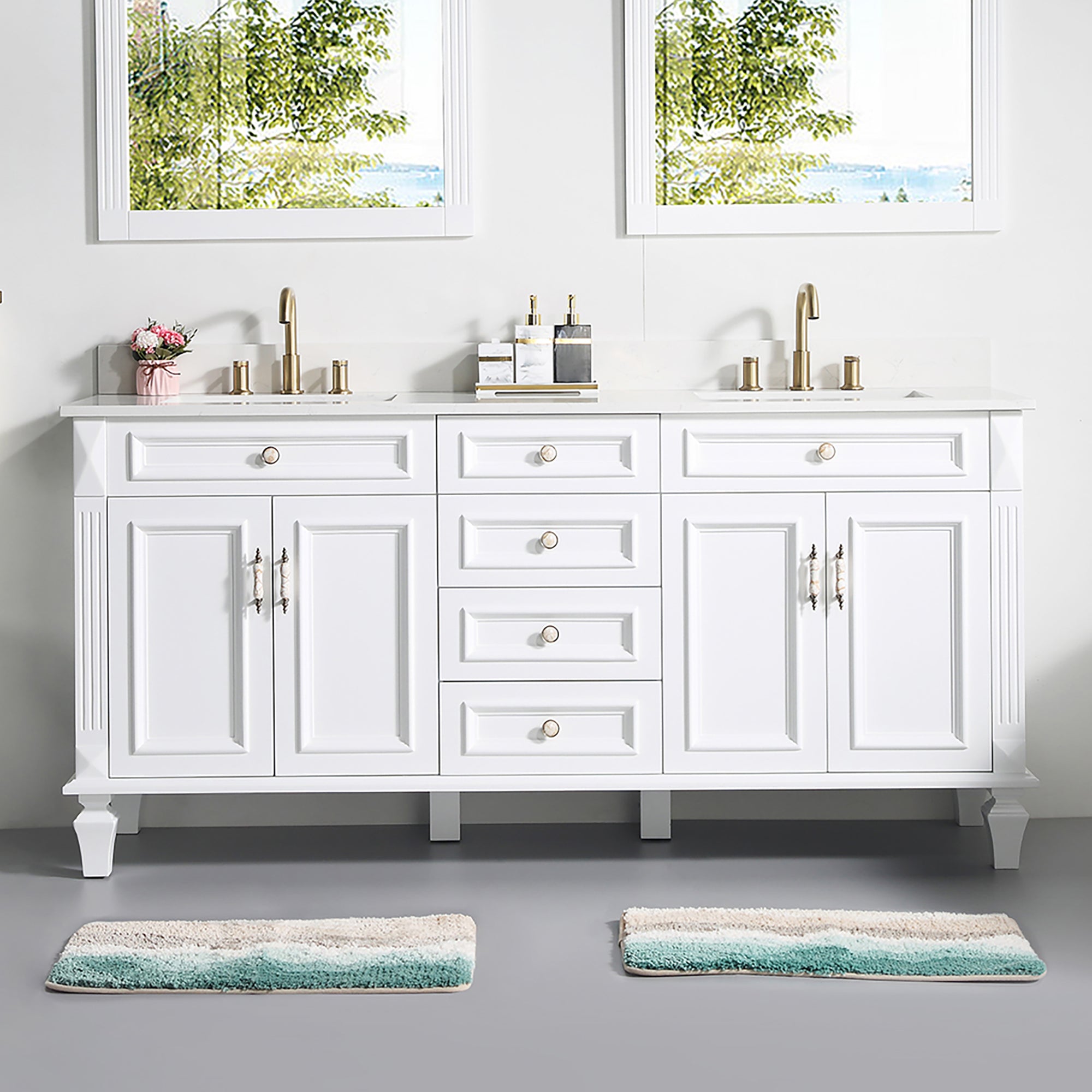
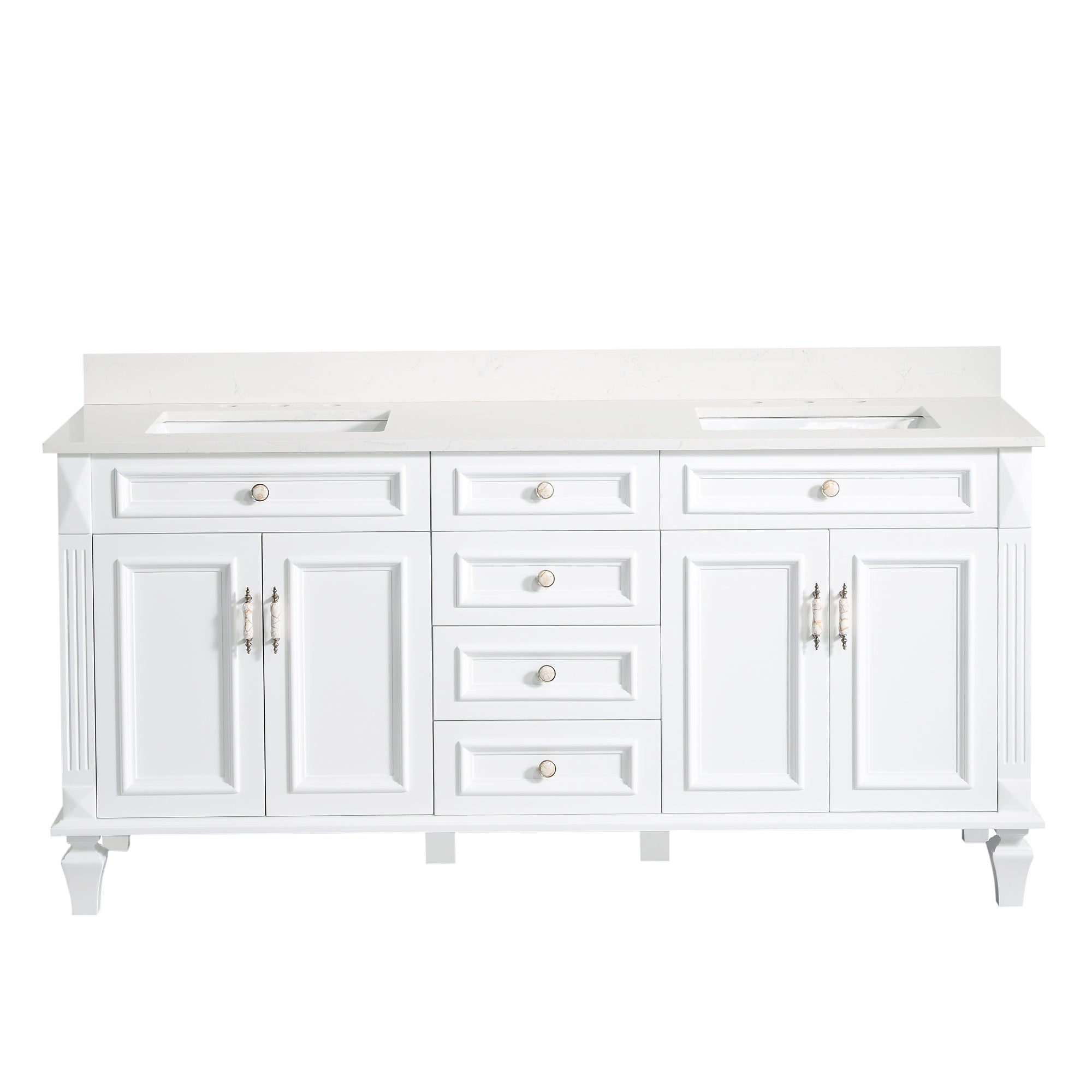
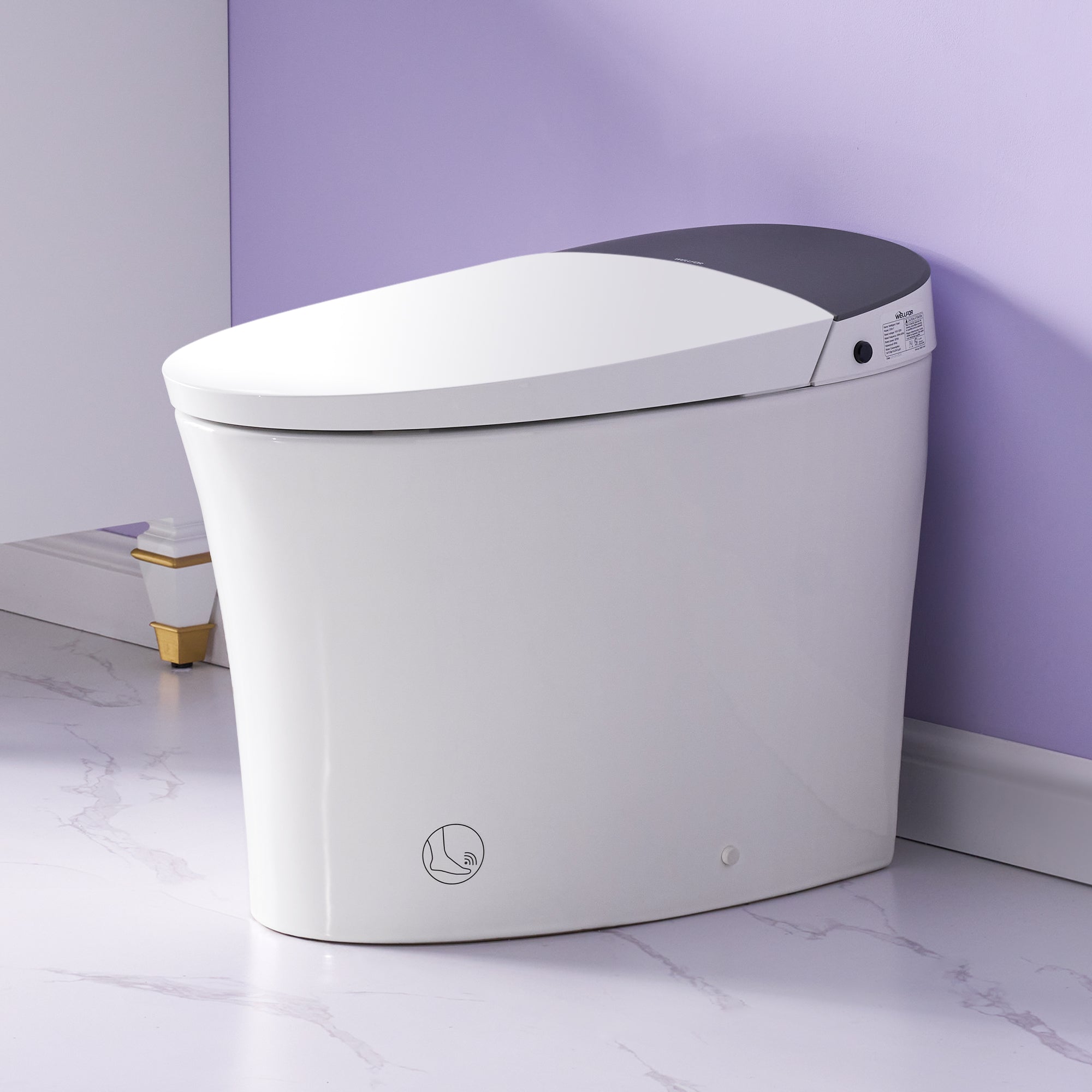
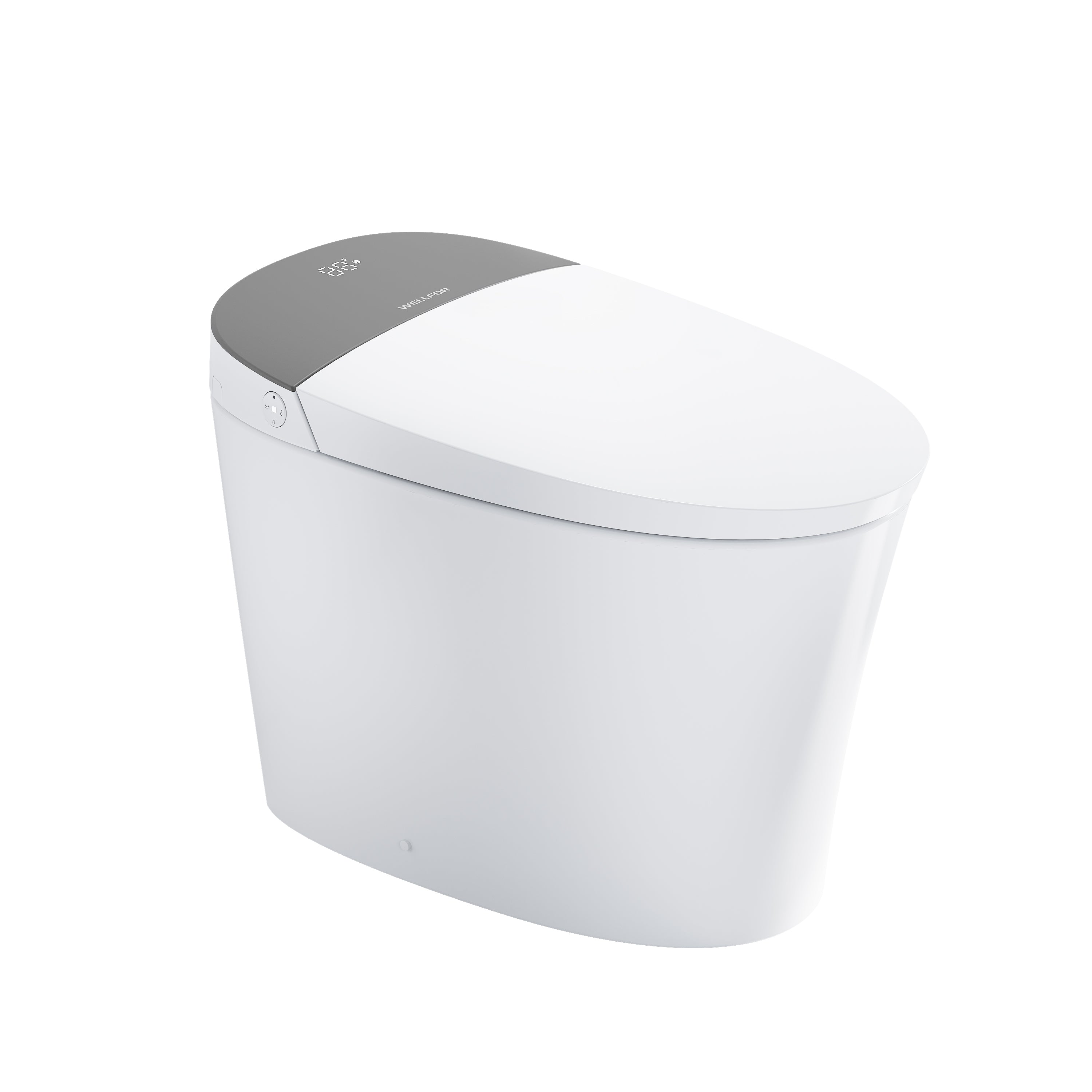

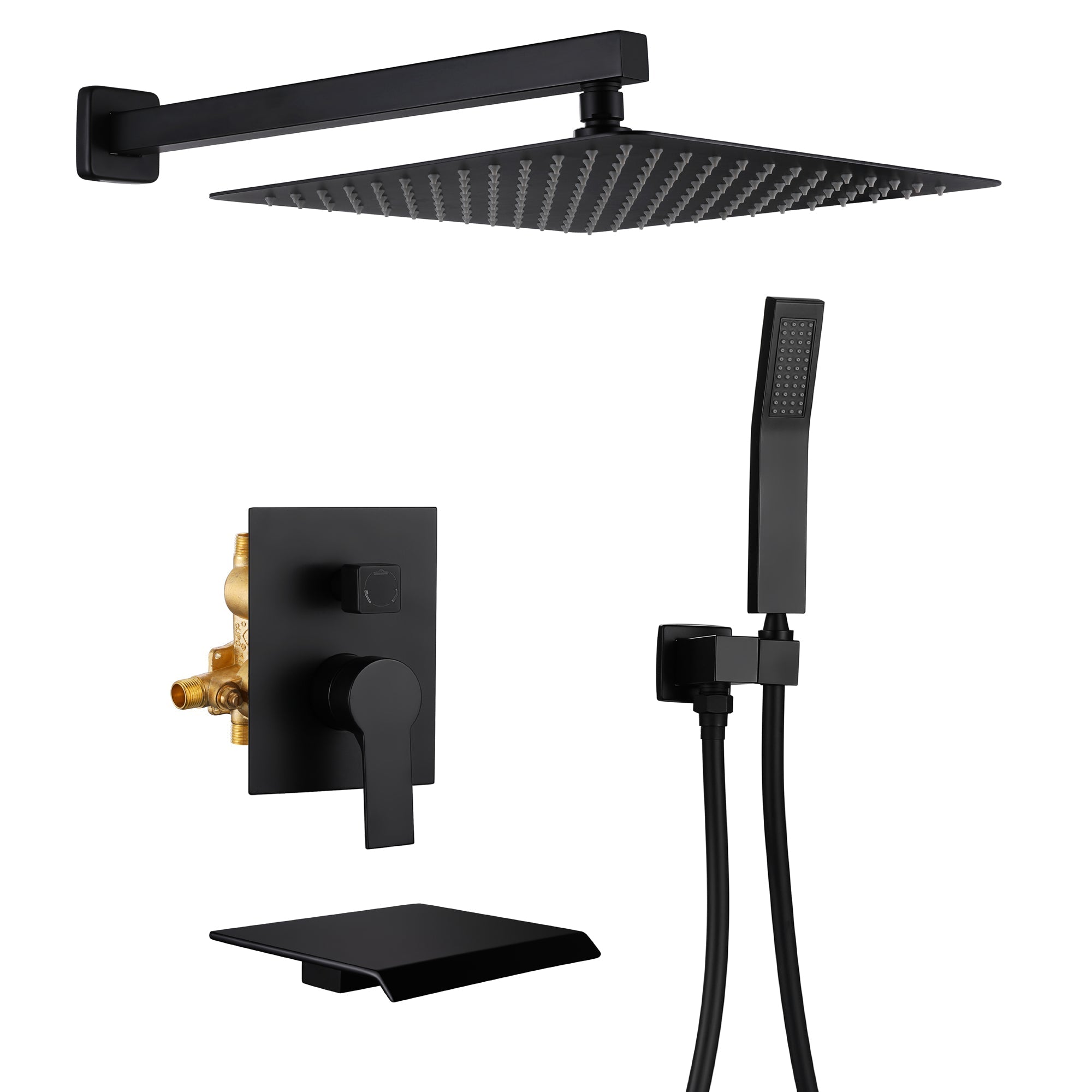
Leave a comment
This site is protected by hCaptcha and the hCaptcha Privacy Policy and Terms of Service apply.